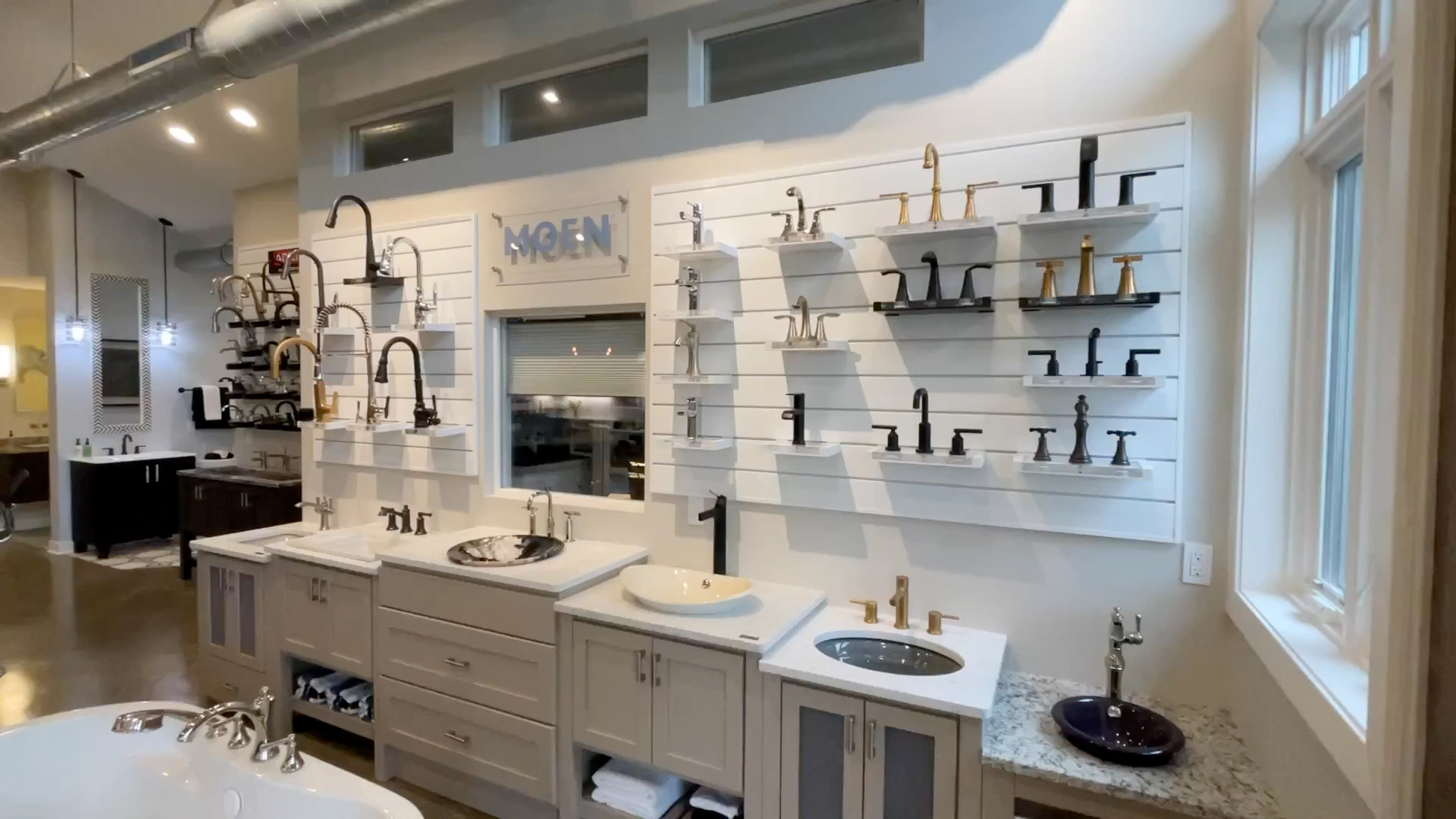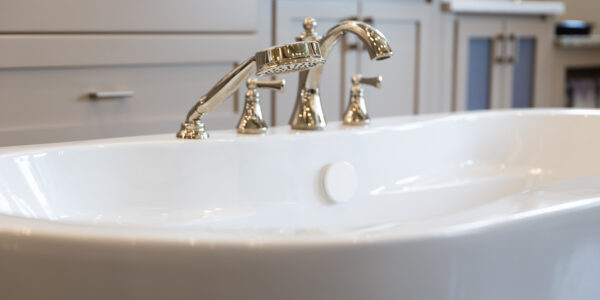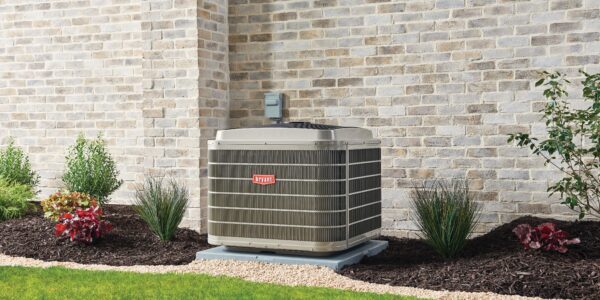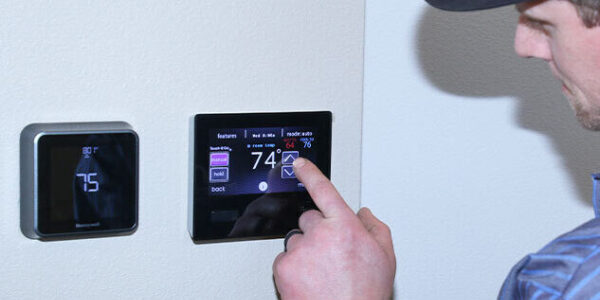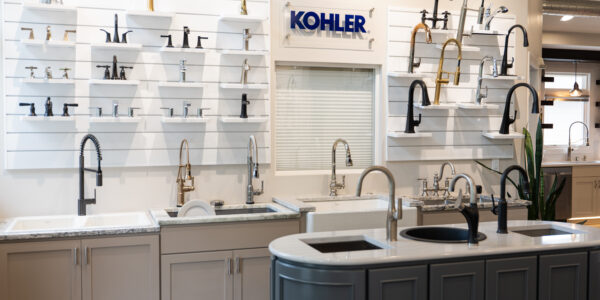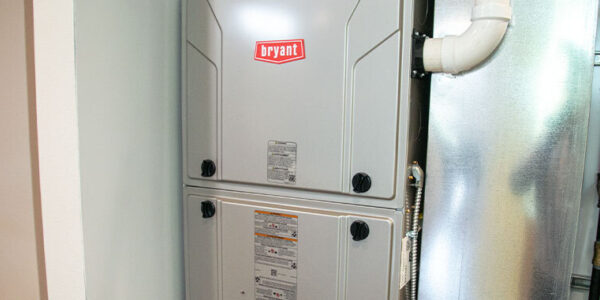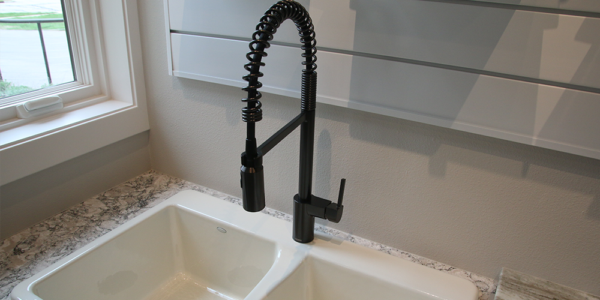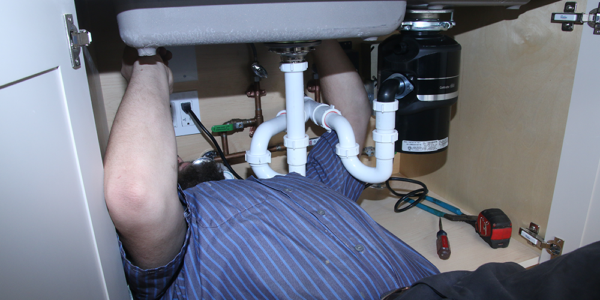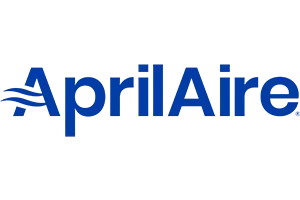24/7 Emergency Service
Free estimates on your bath or kitchen remodeling projects
Visit our design center showroom for inspiration.
Mukwonago’s Choice for Heating and Cooling Since 1956
Martens Plumbing & Heating is in its fourth generation and seventh decade as a family-run business. Knowing how important your home is to you and your family, we are committed to helping it function safely, efficiently and reliably. With 65+ years of experience, we are experts in our field and proud of our reputation for top-notch customer service. You can count on us to:
- Connect you with a person when you call, and follow up quickly.
- Get the job done properly the first time.
- Respond promptly to emergency and after-hours calls.
- Deliver our services on time and on budget, at the best value possible.
- Meet the highest standards for installation and remodeling by experienced, trained professionals.
- Guarantee your satisfaction 100 percent. If you’re not happy with your system within one year of installation, we’ll come back and make things right.
See what our customers say about us.
Martens Plumbing & Heating wants to be your first choice for heating, cooling, plumbing and remodeling needs. Call us today!
Our promise: Urgency, integrity, response and value. While others may focus on one or two of these, we consistently deliver on all four. They are the keys to our success and our customers’ satisfaction. Our mission is to continually focus on our customers’ needs through staff training, quality products and exceptional service. This starts with listening to our customers.
